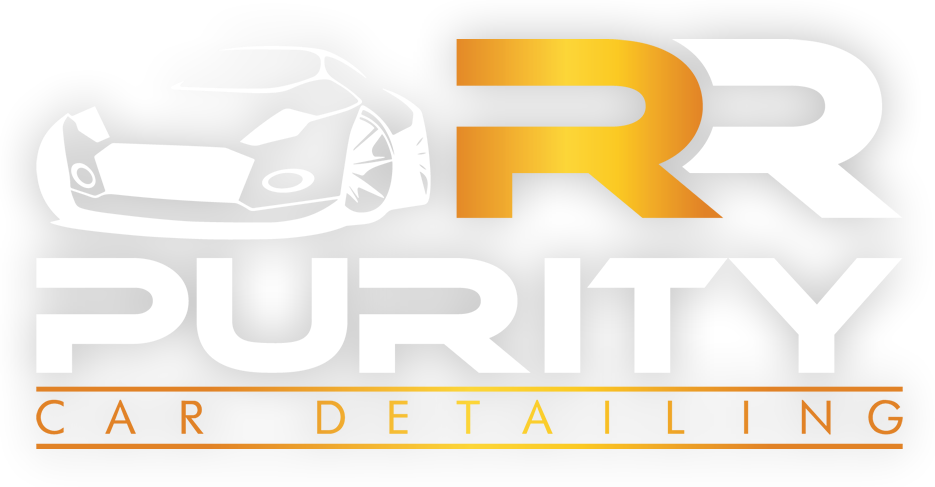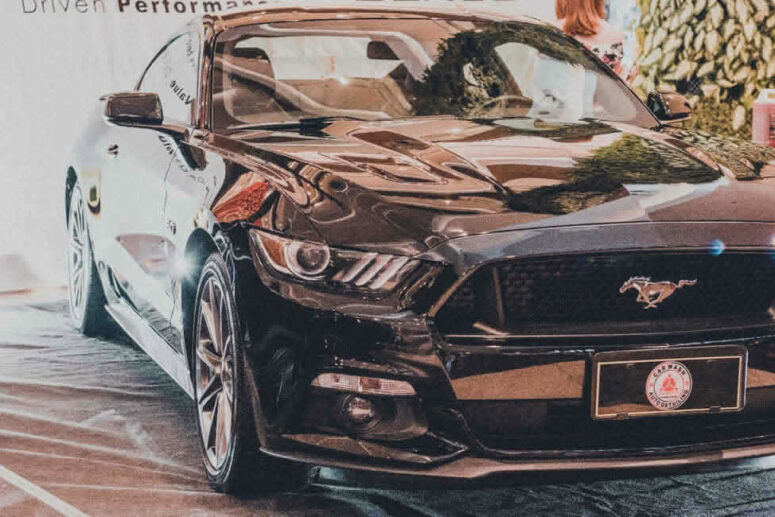Is Paint Protection Film Worth It? Price and Benefits
In 2019, Iseecars.com executive analyst and automotive enthusiast Karl Brauer published an article on Forbes calling paint protection film or PPF an investment for car aficionados like himself. His only regret was that the technology didn’t come sooner.
Brauer was referring to the fact that PPF has evolved so much in the last few years that any car detailer or even enthusiast today will agree—it is the most important paint protection step one can take right now.
So, if it’s so amazing, why don’t all car owners have it done? Well, because of the cost. The price of paint protection film is a barrier to entry for many, especially if, like Brauer, they still recall the issues this technology had early on. However, it may be time for a change of heart.
So, is paint protection film worth it? This article will look at today’s PPF technology, its cost and whether or not it’s the right investment for you and your car.
Paint Protection Film 101
PPF is a transparent urethane material used to cover and protect a car’s paint job. It is also sometimes referred to as clear bra, wrap, or clear mask. PPF typically has an overall thickness of around 0.7 to 0.8 mils. The film is used to shield the paint surface from scratches, road debris and rock chips.
Most PPFs are made of three layers:
- Acrylic Adhesive – This is the layer that comes into contact with the car’s paint surface. It measures around 1.6 mils or 0.04 mm. It provides adhesion for the film to the paintwork.
- Polyurethane – This middle layer makes up the bulk of the thickness of the film at around 6.0 mils or 0.15 mm. The strength of polyurethane has long been established, ever since it was first used in the aerospace industry. It is light, flexible, transparent and resistant to impact and abrasion.
- Clearcoat – Similar to a car’s paint job, the outermost layer of the film is called clear-coat. It’s around 0.5 mils or 0.013 mm thick. This material also allows other protectants to bond to the PPF.
In the past, car enthusiasts like Brauer were hesitant to use PPF because of its tendency to yellow and bubble, especially after a couple of years. Some also believed that the film left a troublesome residue after removal.
Today, world-renowned luxury car brands like Porsche and Lamborghini offer PPF installation as a factory option when buyers purchase new vehicles. This is a testament to how the technology has improved over the years.
At RR Purity, we use industry-leading XPEL products that are virtually invisible. With the proper care, these films can last well over ten years without yellowing or cracking.
Paint Protection Film Cost
In the UK, PPF application can cost anywhere between £500 and £5000. The reason there is such a huge difference is because this service is dependent on three main factors: the condition of the existing paintwork, the coverage of the film and the difficulty of installation. In fact, it isn’t a stretch to say that each car has unique conditions that affect the price of PPF installation.

Condition
Like with installing any kind of protectant, the car’s paintwork needs to be in absolutely flawless condition. This ensures that the film adheres perfectly to the surface and does not trap or worsen any kind of paint defect. Even newly purchased cars straight out of the dealership may need some work done before PPF can be installed.
Because of this, PPF installers often need to do the prep work themselves. This can involve anything from a comprehensive wash to machine polishing the vehicle. This, of course, adds to the cost.
At RR Purity, we also offer machine polishing services that can return any car’s paintwork to pristine condition. Our clients can choose to have PPF installed as part of the package as well.
Coverage
Paint protection film can be installed to cover the entire vehicle or just specific, high-risk locations on the paint job. The amount of film used directly affects the cost of the service. PPF installers usually offer three standard options to car owners:
- Partial Front – This option is the cheapest one because it uses the least amount of film. It covers the front of the bonnet, front of the wings, front bumper and mirrors. In other words, the film is only applied to areas that are more likely to encounter road debris.
- Full Front – This option uses a little more film to cover the whole front part of the vehicle—the entire bonnet, front bumper, wings and mirrors. It follows the same logic as the previous option by protecting the parts that are most exposed.
- Complete Body – This option uses the most film and is usually the most expensive one. It covers all the external painted panels. It offers complete protection, not just from road debris but also from side scratches.
Aside from the three options above, RR Purity also offers custom PPF application, allowing the customer to choose specific parts of their car’s paintwork to be protected. For example, a car owner can choose the partial front option and add protective film to the rear wheel arch trim, where rock chips are also common.

Difficulty
Car panels are never flat. The more dramatic the folds and creases and other panel design features, the more difficult it is to apply PPF. Remember that the effectiveness of PPF relies heavily on how flush it is to the paint’s surface. The film must be molded and shaped to cover the curves and contours of the panels.
This factor may also impact the PPF installation cost because of how different one car’s difficulty can be from another. The more difficult the car’s design is to cover, the more time is needed for the job and the more costly it may be.
At RR Purity, we use a brilliant software from XPEL that has a database of car panels and the cuts of film needed for each. This makes the overall process easier and more efficient. It also allows us to estimate how much work is needed quickly.
Paint Protection Film Benefits
Since PPF is not exactly inexpensive, it’s important to look at its potential benefits to determine whether the investment is worth it. The following are the most valuable advantages of paint protection film.

Protection
The main purpose of PPF is right in its name—protection. And it protects very well. The film is often thick and tough enough to be virtually unscathed despite exposure to rock chips and road debris, even at high speeds. The option to cover the side panels also protects the car from scratches caused by clothes, plants and even keys.
PPF does scratch protection better than all other protectants in the market. This includes sealants, ceramic coatings and waxes, which are often not nearly as thick or durable as PPF. Even vinyl wraps are inferior in terms of protective potential.
Modern PPF options also protect against UV exposure, acid rain, mineral deposits and the infamous bird droppings.
Cost-Saving
This may seem like a stretch after just reading about the cost of PPF application; however, it is also a cost-saving measure, especially in the long run.
Car owners who are interested in PPF are most probably enthusiasts who value the condition of their car’s paintwork. They are also likely the ones who often take their vehicles in for polishing or even respraying. Those costs can quickly add up.
With PPF, the car’s paintwork remains in pristine condition even after years of use. This reduces the need for additional detailing services and associated costs.
It also ensures a higher resale value for the car.
Versatile
PPF offers a lot of versatility in terms of additional features, like the ability to ‘self-heal.’
Some films, like the ones we use here, have a layer of elastomeric polymer on the surface that can recover its original shape after getting scratched. This keeps the car’s paintwork looking great even after abrasions or impacts. This video explains how this self-healing phenomenon happens.
The longevity of PPF can also be extended by applying a protectant over the film. While this may sound redundant, PPF acts much like the car’s paintwork. For example, adding a protectant such as ceramic coating does not further enhance the protection PPF offers but makes it easier to keep clean.

Is Paint Protection Film Worth It?
The answer is a resounding yes. Even if the cost of paint protection film seems high, there is no other product on the market right now that offers the kind of protection it provides. It is the best way to shield a car’s paint job from the elements and road debris. It preserves the surface’s condition and the car’s value along with it.
The issues that previously worried car owners with this technology no longer exist. Also, modern PPF options even offer additional features that make them an even more cost-saving long-term investment.
For car owners who value the appearance and overall condition of their vehicle’s paintwork and exterior, applying paint protection film is the most critical step to take.
To request more information about PPF or any other detailing service, give us a call at 07930 042 042 or visit our contact page. If you want your car protected with PPF as soon as possible, request a quote here.

